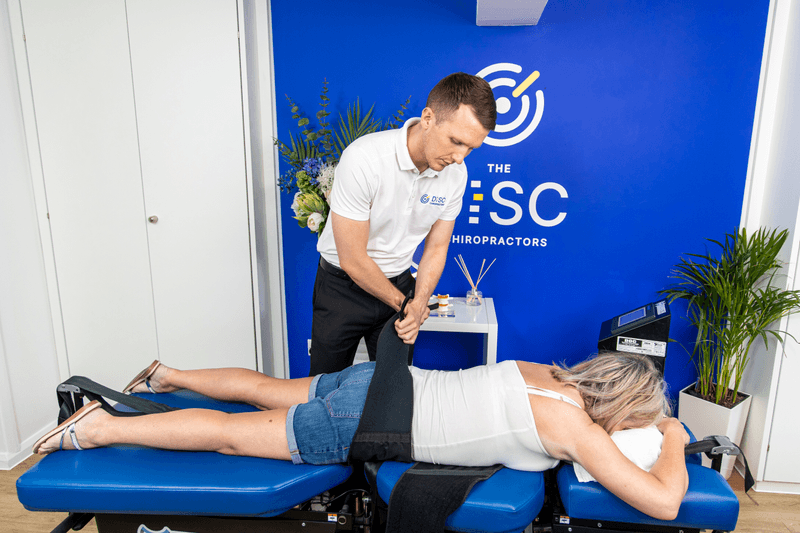Stenosis
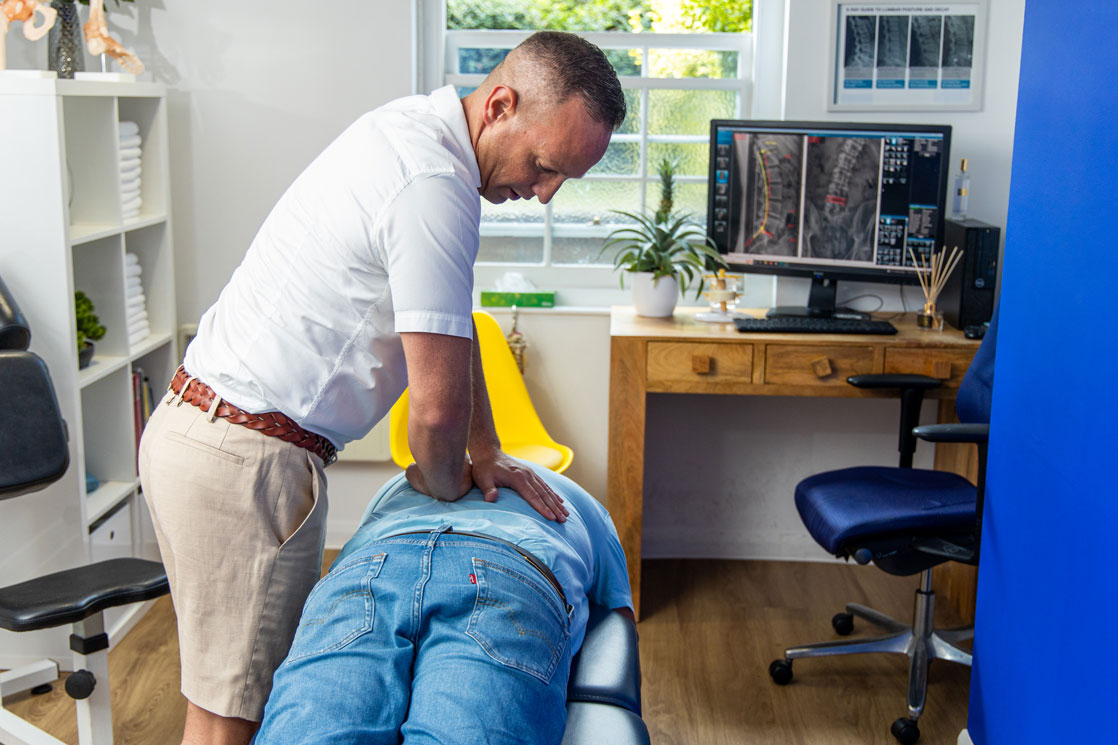
“Spinal stenosis is the most common cause of leg pain and disability in adults over the age of 50, with approximately 2 million people affected each year.”
American Academy of Orthopaedic Surgeons
What is Stenosis?
Stenosis is essentially an advanced form of spinal arthritis in which the space for the nerves is being crushed by the advancement of bone spurs/growth.
One of the worst misconceptions in medicine surround the term ‘Wear and Tear’, which is suggestive that joints have a lifespan… use them too much and they will degenerate.
Speak to any chiropractor or physical therapist the world over and they will tell you the opposite is true. Osteoarthritis only occurs in an already dysfunctional joint, and the best way to stave off further damage is to get the joint moving as much as possible.
The great news about this is, even in these cases of advanced arthritis, many patients staring down the barrel of a potentially dangerous surgery can still be helped to find relief using combination of gentle non-invasive techniques to mobilise the spine.
Causes of stenosis:

Dehydration and collapse of spinal disc spaces

Enlargement of the facet joints

Thickening of the spinal ligaments
How common is Stenosis
Spinal stenosis is the number one reason for back surgery in the over 65’s
It is estimated that approximately 17% of people over 60 are actively suffering from stenosis, however when cross-sectional populations are studied this number rises, up to 47% of the population are shown to have stenosis on MRI’s!
This large discrepancy just shows how silent degeneration can be, often it’s not until the deteriorated structure impacts upon the nerve that pain is felt.
However, it also demonstrates that it is entirely possible to live a relatively pain free life with stenosis. It comes as quite a shock to patients, that in every case involving an acute stenotic nerve entrapment, the patient has spent decades developing that stenosis despite their brief painful experience.
The key is more to do with the mobility of the spinal segments than the space the nerves have to manoeuvre, small changes to a patients function can reap big rewards.
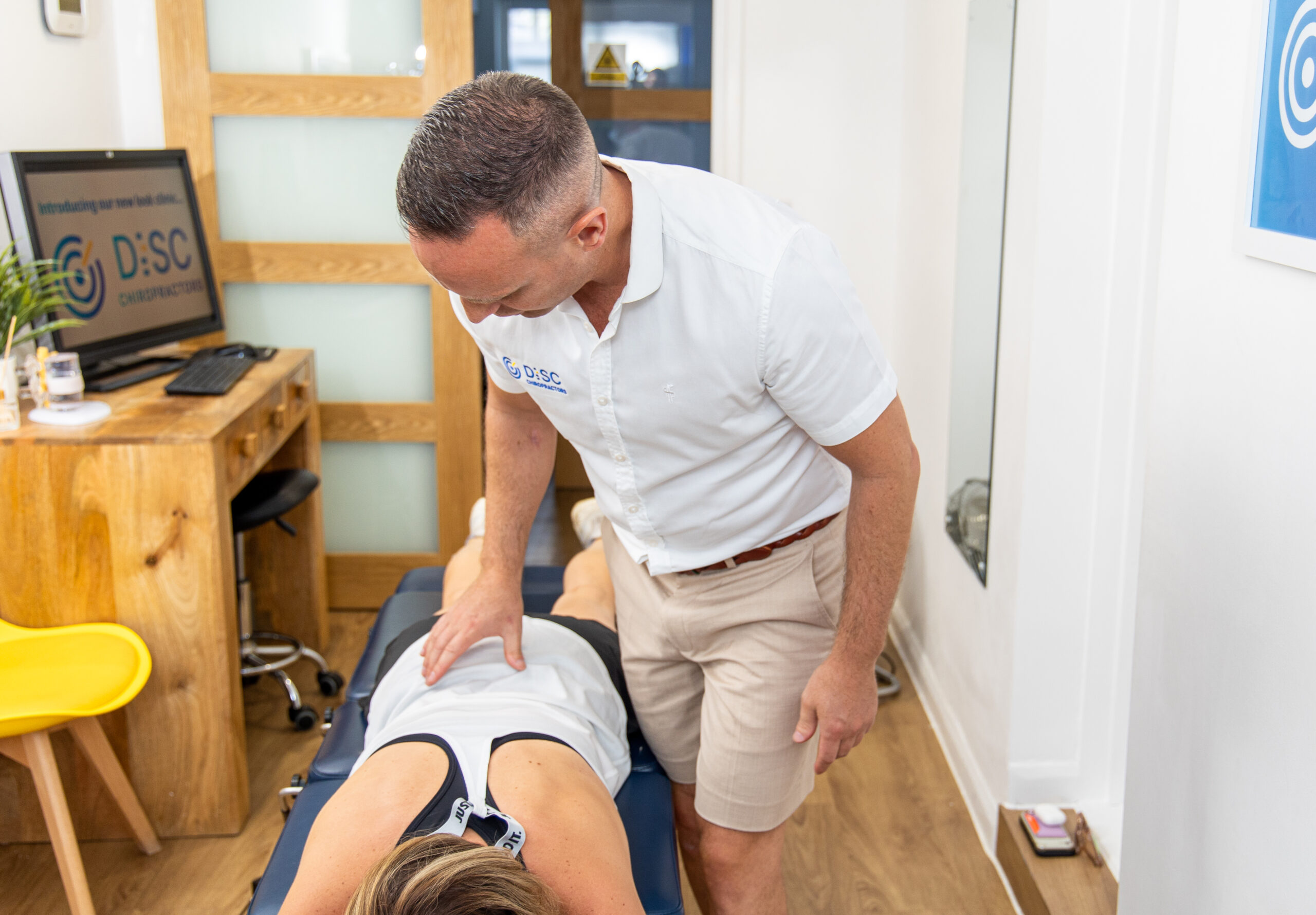
Types of stenosis:

Central stenosis

Foranimal stenosis

Tandem stenosis (multi-site stenosis)
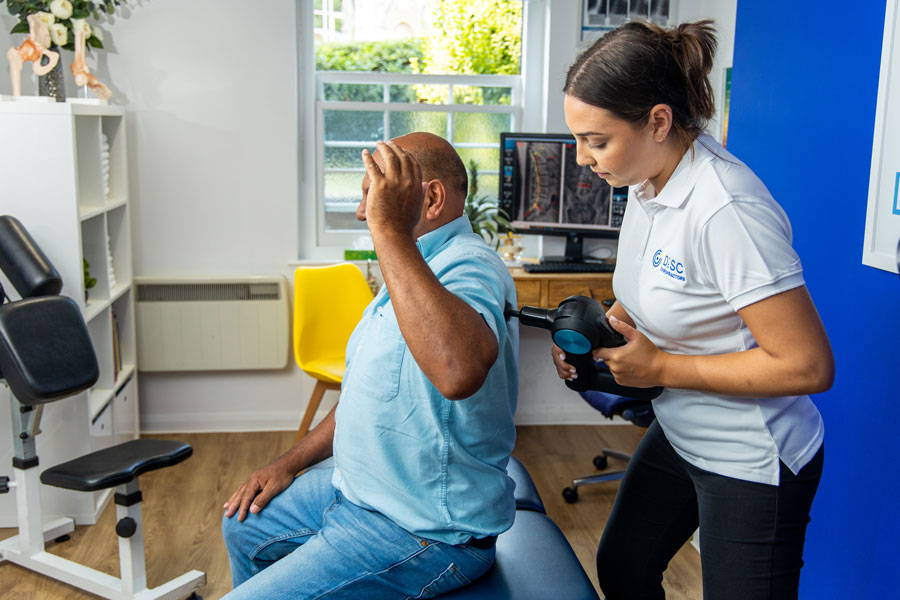
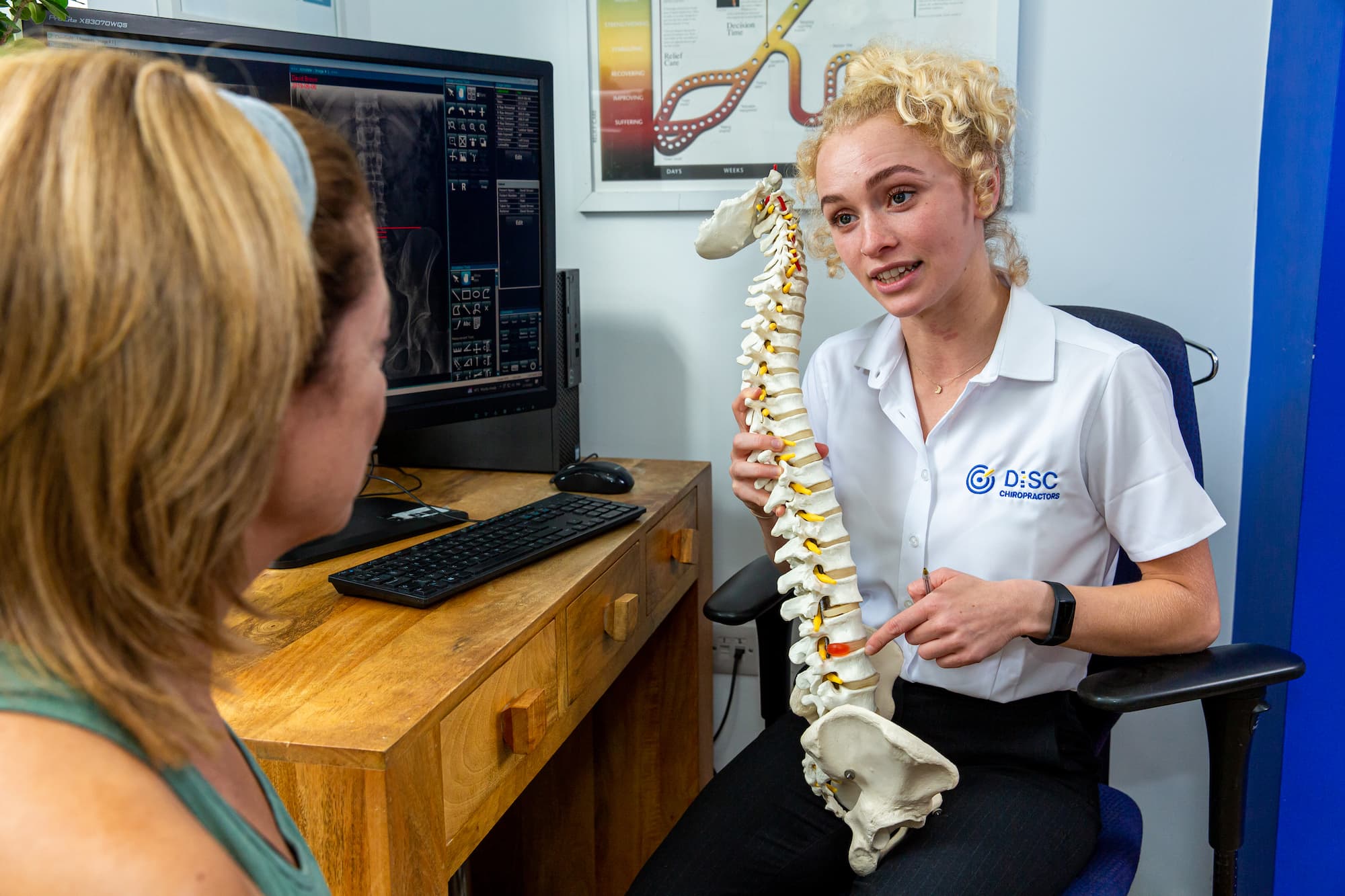
Stenosis symptoms
Most Stenosis patients in the clinic are involving the lower back but also the neck and mid back areas are also coommonally affected. It is often a slow moving or silent disease process and often starts with patients wrongly assuming that feeling overly stiff and achy is all part of normal aging.
Further early symptoms of stenosis can include cramping sensations or a vice like pressure as well as numbness & tingling in the arms or legs.
Different types of stenosis symptoms vary:
Foraminal stenosis affects the nerve roots as the leave the spine, so pain tend to match an acute nerve entrapment, with single sided intensive pain patterns noted
Comparably central stenosis tends to affect both sides and often begins with some degree of heaviness or weakness in the muscles, one of the most common signs of stenosis is a reduction in the ability to walk very far.
This is often accompanied by a stooped posture as the body attempts to gap open its spinal canal by stretching forward.
The symptoms of stenosis are often relieved by sitting down to rest… unfortunately compounding the problem for later.
Some common signs of stenosis related pain:

Difficulty walking

Heavy muscles

Sharp shooting pain

Muscle weakness

Relieved by sitting

Cramps

Numbness or tingling

Bowel or bladder dysfunction
Stenosis treatment
As we’ve mentioned treating stenosis is all about mobility, mobility, mobility!
The problem is that in cases of stenosis mobility has been limited for many, many years and the pain is often quite intense on movement.
This is where specialist technology is crucial… it is the combination of our technologies and techniques that prove to be the key to unlocking these advanced cases.
Our Spinal Decompression Tables provide in the lions share of the energy required to un-trap stenotic irritated nerves. This is combined with instrument assisted adjusting which adds a conservative ability to mobilise joints without the need to aggressively twist or click the spine to achieve the required mobility.
Crucial to any stenosis case is a change in the rehabilitation needed to improve the long term in outcomes… these need not be too taxing but need to be repeated as often as possible to succeed.
